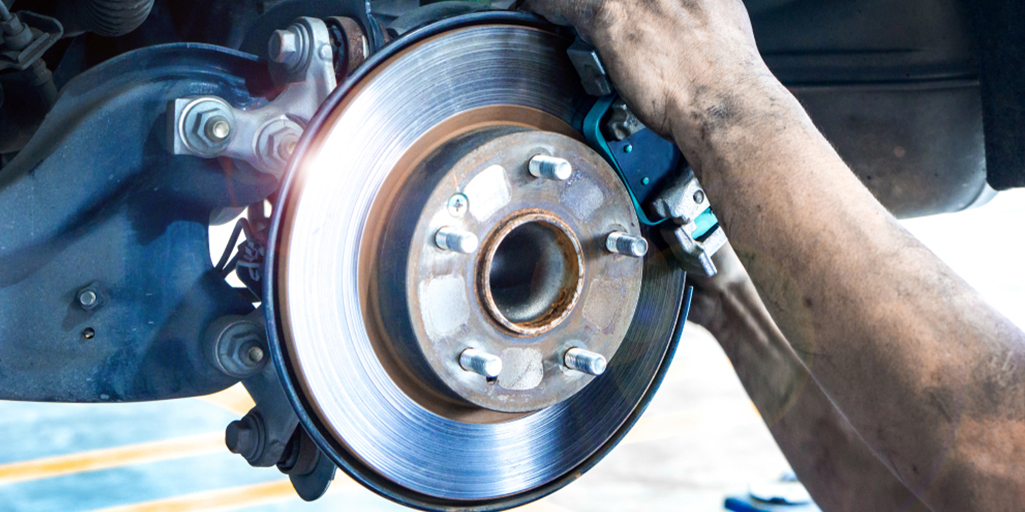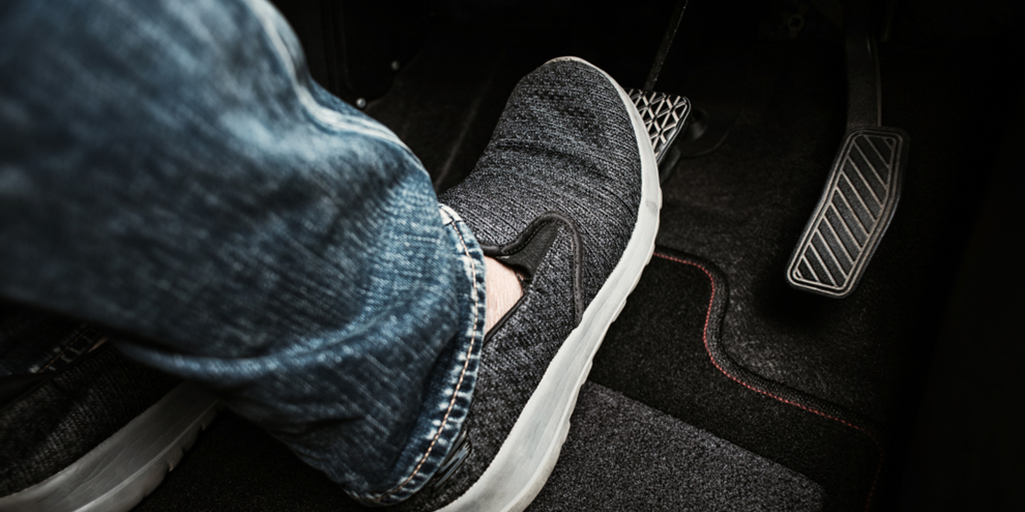The braking system is one of the basic safety features on any vehicle. It’s also among those that suffer the most wear and tear because it is used so often when we drive. But just how severe this wear is often depends on things we can control. Here are a few considerations to take into account:
Avoid brusque driving.
The more fluid our style of driving, the less we will have to push the brake pedal. By not misusing the accelerator, we will avoid having to slam on the brakes –the number one enemy of the tires and the braking system.
Taking your foot off the accelerator instead of braking, or letting the motor do the braking, are two ways of guaranteeing more efficient driving which, in addition to saving fuel and contaminating less, allows us to care for the tires and the braking system of our vehicle.

Periodic revisions.
Besides the way we drive, it’s also important how much we drive. Adequate maintenance of the braking system is fundamental for it to function correctly. To guarantee the good health of our brakes, it is essential to follow the recommendations of the manufacturer as to how much time or how many kilometers should elapse before changing the brake fluid or the brake pads.
Another thing to take into account is that these spare parts should be homologated and comply with established safety norms. In this sense, it’s fundamental to deal with an auto shop we have confidence in.

Types of roads.
Another element to take into account is where we drive. People who drive in urban settings or in mountainous areas with steep inclines should pay special attention to the condition of their brakes.

Listen to your vehicle.
Although most vehicles today have detection systems that alert the driver about problems, it’s always a good idea to be alert to signs of potential trouble. In the case of brakes, these are some of the most common indications:

- If we push the brake pedal and note that this is harder than normal –or the opposite, easier– this can be an indication that the brake pads are dirty, that brake fluid is leaking, that there may be air in the system, or problems with the pads. It’s also possible that we may find differences in how far the brake pedal moves: a longer or shorter distance than is normal. When there are signs of this, the best thing to do is not speculate about the cause but to go directly to our usual garage, and let the mechanic diagnose the problem and propose the solution.
- Another one of the most common symptoms when there is a problem with the braking system is a vibration of the brake pedal when it is pushed. However, this can also be caused by a failure of the wheel bearings, so as in the previous case, the best thing to do is get a professional to check out the problem.
- Hearing squeaking or strange noises when applying the brakes is never a good sign. At the very first bad sound, take the vehicle to the shop.
- And of course if our car takes longer than usual to come to a halt, we should not delay that visit to the garage.